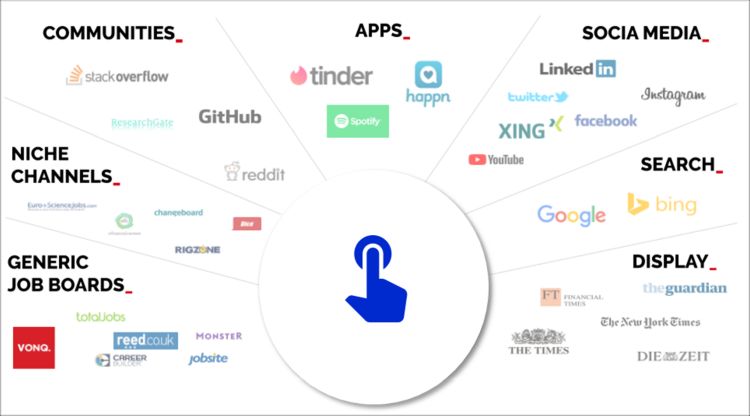The term Succession Planning refers to the preparation for the replacement of a job holder by another employee. The main aim is to develop personnel in such a way that the replacement of key positions and jobs is ensured. The advantages of an active Succession Planning are both the reduction of personnel risks and the filling of positions by qualified specialists.
Procedure for the Succession Planning
Succession Planning is a discipline of Personnel Development. In order to carry out a promising Succession Planning , the first step is to identify the positions with key functions in the company. The next step is to estimate the likelihood of the identified positions becoming vacant and to consider which qualifications should be used to fill them.
Companies should not focus on carrying out a Succession Planning for all positions. In reality, this plan is only implemented in a few cases. Instead, companies should limit themselves to the succession of positions that are critical to success. A talent pool can be created for this purpose, for example. In the further course of Succession Planning , the aim is to develop internal talent and candidates for this position in the long term, which can be referred to as career planning. In career planning, employees are shown clear prospects, goals and career paths. High performers in particular should be shown attractive prospects within the company at an early stage, both in the technical and managerial areas, which can be realized in a timely manner.
Why strategic Succession Planning is so important now
The labor market is currently characterized by a shortage of skilled workers. In view of the demographic challenges, this shortage is likely to continue. For companies, this means that the search for qualified employees is becoming increasingly difficult. It is therefore important to pursue a forward-looking and sustainable HR policy in the form of a strategic Succession Planning .
In addition, Succession Planning has a number of other advantages:
- Employee retention and motivation: Employees who receive individual support and see future prospects in the company feel more connected to the company and are more motivated at the same time.
- Employer Branding: Professional career planning, provided that you also communicate it to the outside world, increases your attractiveness as an employer.
- Reduction of the rate of absenteeism: Through internal career planning, you reduce the risk of cost-intensive, external misfilling of key positions.
- Maintaining the core competencies for the long-term success of the company: By ensuring that important key positions and core competencies are retained, you also ensure the long-term success of your company.
Succession Planning with software support
In summary, it can be said that Succession Planning is an analysis of key positions and how to fill them, to which talented employees are gradually introduced by means of successive measures. The complete process of succession and career planning can be supported by Succession Planning software and implemented simply and systematically. This allows internal talent to be identified quickly and easily and high-potential employees to be compared with one another.




